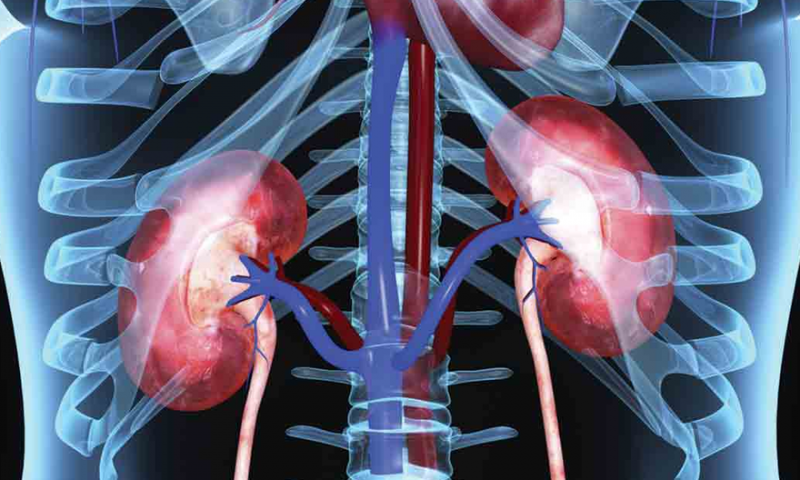Dicerna is still trying to pave a way forward to an FDA approval for its troubled late-stage RNAi asset nedosiran after ratcheting up another mixed bag of data in a rare kidney disorder.
In the latest phase 1 readout, the ribonucleic acid interference (RNAi) therapy nedosiran was given to patients with a certain form of primary hyperoxaluria (PH), a rare metabolic disorder that impacts the kidneys, with the main endpoints being safety and tolerability in a one-shot program.
Here, the biotech said in a top-line peek that the therapy was successful, with no “serious adverse events” in the trial, known as PHYOX4. But while there was a “trend” in urinary oxalate reduction—a biomarker used to mark whether the drug is working on the disease—this failed to reach statistical significance, missing the secondary endpoint.
The trial was tiny, just four patients taking the drug and two on placebo. This test was looking specifically at patients with PH type 3 (PH3), which leads to an increase in kidney stones during childhood and adolescence.
This comes after a flop in a similar trial for PH2, another subtype of the disease. Dicerna will now focus immediate commercial efforts on PH1, with a filing slated for later this year with the FDA. But the Lexington, Massachusetts-based biotech won’t be doing that alone.
Given these data, and the sheer cost and energy needed to get over the finish line and sell to the market, Dicerna will no longer follow the playbook of rival Alnylam to become a commercial biotech for RNAi meds. Instead, Dicerna said in August that it will seek a new partner to help with the sales side.
There are three forms of PH, all of which are closely related and characterized by high urinary oxalate levels that cause frequent kidney stones and progression to end-stage renal disease. Dicerna designed nedosiran to silence a gene involved in what is believed to be the ultimate step in the oxalate production pathway, which was expected to enable the treatment of PH1, PH2 and PH3 with the drug.
Rival Alnylam won FDA approval for Oxlumo in PH1 late last year, but that RNAi drug has a mechanism of action that isn’t expected to work in PH2 or PH3.
Dicerna, by targeting a later step common to all PH types, had sought to secure a broader label. The failure to generate the data to support that use means Dicerna now faces the prospect of going head-to-head with Alnylam for PH1 patients—at least for now. But being second to market after clinical flops in other areas could mean a hard sell.
“The favorable safety and tolerability results, coupled with the encouraging trends in Uox reduction observed in the first clinical trial of any investigational therapy in patients with PH3, provide important initial data for nedosiran in PH3,” said Shreeram Aradhye, M.D., executive vice president and chief medical officer at Dicerna.
Even though Dicerna is now shifting to focus on PH1, Aradhye said it will further analyze the PH3 data given the significant unmet need in that subtype as they work on an out-license for nedosiran.

